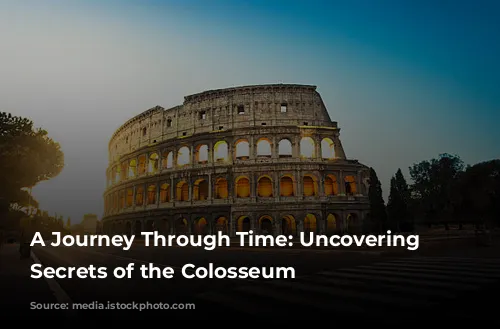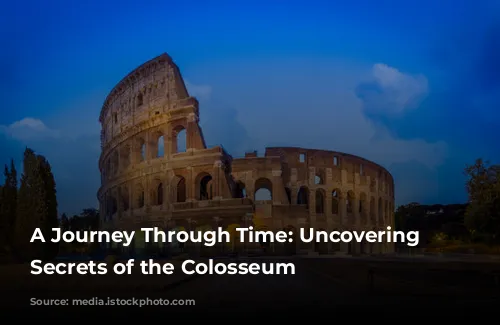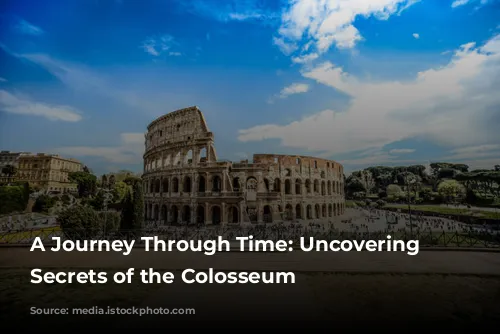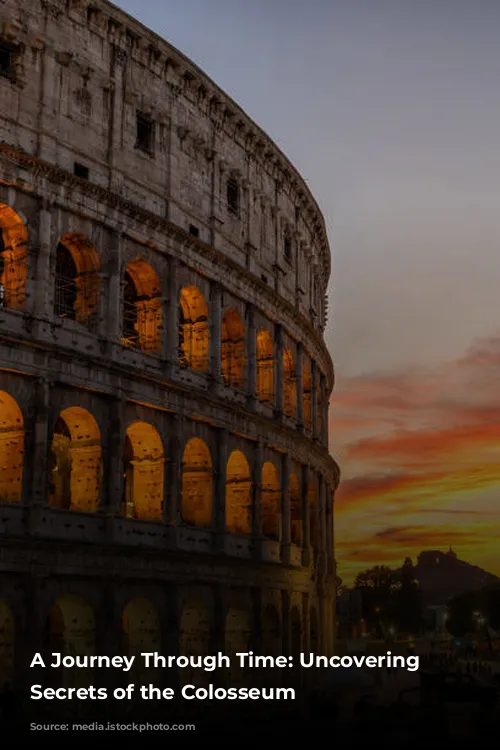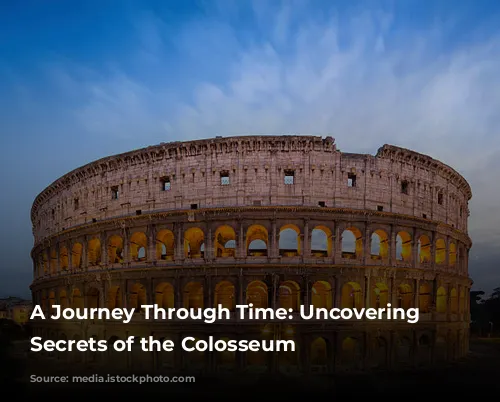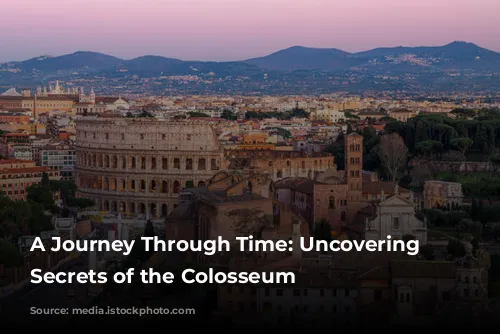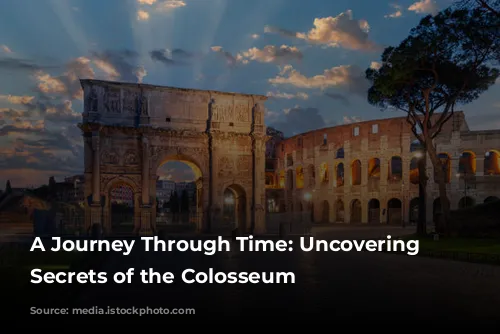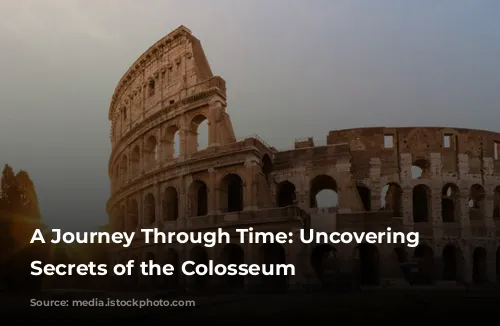Step into the heart of ancient Rome and experience the grandeur of the Colosseum, one of the world’s most iconic landmarks. This magnificent structure whispers tales of gladiatorial combat, roaring crowds, and the awe-inspiring power of the Roman Empire. Join us as we embark on a journey through time, exploring the Colosseum’s fascinating history, its captivating uses, and the mesmerizing experience it offered to ancient spectators.
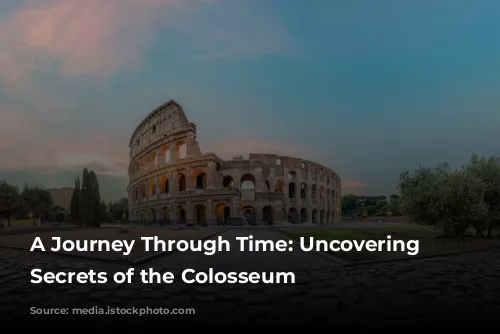
The Colosseum: A Monument to Roman Grandeur
The Colosseum, also known as the Flavian Amphitheater, is more than just a building; it’s a testament to Roman architectural prowess and a window into the past. Built between 70 and 80 AD, this elliptical marvel of stone and concrete once seated around 50,000 spectators, eager to witness the spectacle unfolding before them. Today, the Colosseum stands as a poignant reminder of the grandeur and power of the Roman Empire, attracting millions of visitors from around the globe.
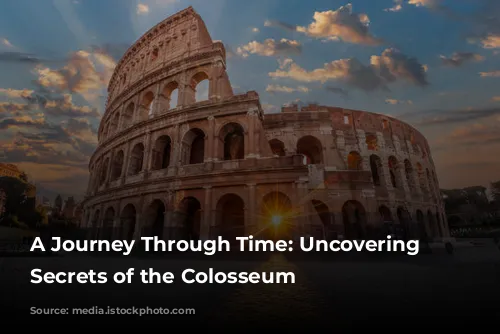
A Stage for Spectacle and Entertainment
The Colosseum was more than just a place for entertainment; it was a microcosm of Roman society, a platform for showcasing the values and ideologies of the time. The most renowned events held within its walls were gladiatorial contests, where skilled fighters engaged in brutal combat, captivating the masses with their displays of courage and prowess. These games, a key form of entertainment during the Roman era, were fueled by the thirst for blood and the thrill of witnessing raw power.
But the Colosseum offered much more than just gladiatorial combat. Wild animal hunts, known as venationes, were another captivating attraction, bringing exotic animals from across the Roman Empire into the arena. These creatures, pitted against each other or skilled hunters, provided an adrenaline-pumping spectacle, showcasing the Empire’s might and the ferocity of the natural world. Imagine the roar of the crowd as a lion charged towards its prey or a fierce rhinoceros clashed with a trained hunter!
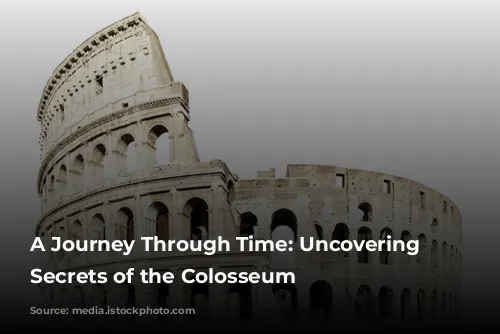
A Glimpse into the Ancient Roman Experience
For ancient Romans, attending events at the Colosseum was an integral part of their lives, a communal experience that brought them together. Historians and documentarians strive to encapsulate this vibrant atmosphere for modern audiences, offering glimpses into the daily lives of Romans and their love for spectacle.
The Colosseum wasn’t just about entertainment; it was a reflection of Roman values. The gladiatorial games, in particular, embodied the ideals of bravery, honor, and resilience, qualities held in high regard by Roman society. Each contest was a display of strength and courage, mirroring the warrior spirit that defined Roman identity.

Engineering Marvel: A Colosseum Designed for Spectacle
The Colosseum’s architecture was carefully designed to enhance the overall experience for spectators. The advanced engineering allowed for smooth entry and exit, minimizing congestion, while the tiered seating arrangement ensured excellent visibility for everyone, fostering a sense of shared engagement with the events unfolding below. Imagine the collective gasp of the crowd as a gladiator delivered a fatal blow, the anticipation building as a lion stalked its prey, and the thunderous applause as a victorious warrior emerged from the arena.

Is a Visit to the Colosseum Worth It?
Absolutely! A visit to the Colosseum is an opportunity to step back in time and immerse yourself in the grandeur of ancient Rome. It’s a chance to walk in the footsteps of emperors and gladiators, to feel the energy of the roaring crowds, and to marvel at the architectural brilliance of this timeless monument.
Imagine the anticipation building as you approach the Colosseum, its imposing presence casting a long shadow across the Roman landscape. As you step inside, feel the weight of history upon your shoulders, the echo of ancient voices whispering tales of courage, spectacle, and the rise and fall of an empire.
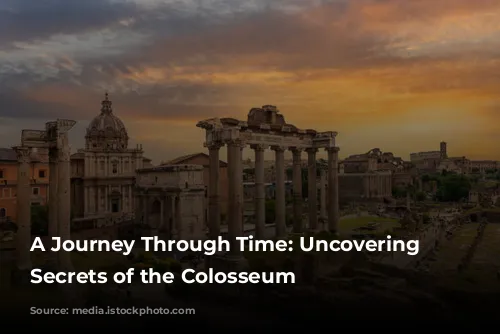
A Journey to the Colosseum’s Depths
The recently opened underground area of the Colosseum offers a unique opportunity to explore the hidden depths of this historical wonder. Take a guided tour and descend into the hypogeum, the network of tunnels and chambers where gladiators prepared for battle and wild animals were kept. Picture the hustle and bustle as gladiators honed their skills, the nervous anticipation of their handlers, and the roar of the crowd echoing through the tunnels, a symphony of anticipation before the grand spectacle unfolded above.
Visualize the gladiators, clad in armor, emerging from the underground tunnels, their eyes blazing with determination, their hearts pounding with the anticipation of combat. Imagine the roar of the crowd as they entered the arena, the clash of steel, the gasp of the crowd as a fatal blow was struck.
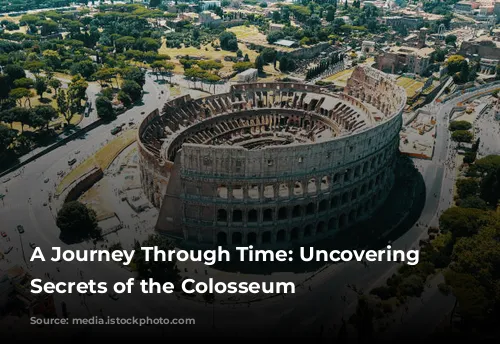
A Legacy of Stone and Spectacle
The Colosseum, a monument to Roman ingenuity and a testament to the enduring power of spectacle, continues to captivate imaginations centuries after its construction. Its preserved outer walls, the remains of the seating arrangements, and the echoes of its history offer a tangible link to the past, inviting us to step back in time and experience the heart of ancient Rome.
Whether you’re a history buff, an architecture enthusiast, or simply seeking a captivating glimpse into a bygone era, a visit to the Colosseum is a must-do for any traveler. It’s a journey through time, a testament to human ingenuity, and a reminder of the enduring power of spectacle.
